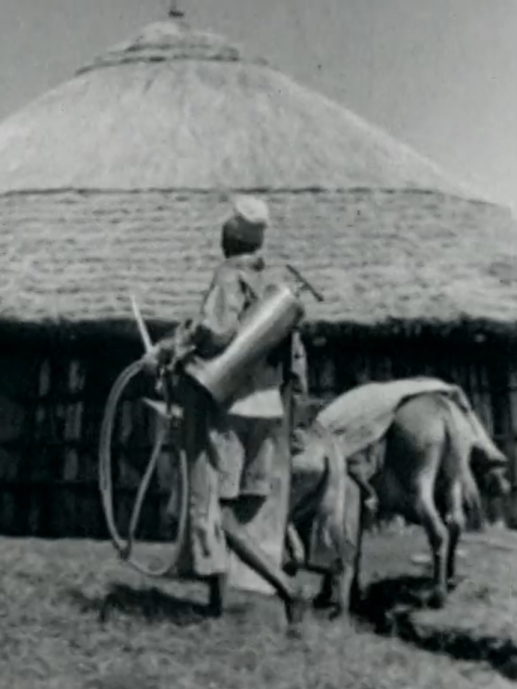Since the industrial production of synthetic insecticides around WWII, these have been used against insect and other vectors of tropical diseases. Initially, toxic substances such as DDT were deployed directly in the environment – sprayed or poured into water bodies. Later, methods were refined, e.g., impregnating house-walls, textiles or mosquito-nets with insecticides. Some interventions were anchored in national and transnational disease-control programmes, but commercially marketed insecticides are also used to prevent diseases in private households, with much less documentation or oversight, and they are used in animal husbandry, e.g. dowsing poultry or dipping cattle, which added large amounts of insecticides into environment and food.
While this has reduced infectious is burdens, and while the newer insecticides presumably are less toxic than earlier ones, concerns remain about unintended health-impacts of such high-level, long-term and often intimate deployment of toxicants. Although such concerns were raised since the start of insecticidal disease control in the 1950s, insecticides remain a key component of global health action, especially in the formerly colonised areas of the world, sometimes even using or promoting otherwise banned substances to counter the spread of infectious diseases.

Insecticidal disease control differs from agricultural practices, because it brings insecticides intentionally close to human lives and habitation, implies balancing infectious and toxic risks, including concerns with NCDs like cancer, links medicine and health to environmental, toxicological and other forms of expertise, and triggers continuous concerns and discussions – among ordinary people, scientific experts, and government agencies and NGOs.
Potential topics one could study within this thematic cluster on insecticidal disease control are:
- What intentions and practices shape a given insecticide-based disease control strategy?
- What substances and practices are (or were) used, and who is (was) involved in them?
- Are there visible, measurable (or suspected) residuals from present or past interventions?
- What unforeseen practices (e.g. repurposing of insecticides or treated material) add risks?
- How do storage and disposal of expired insecticides add environmental/human exposure?
- What potential exposure of people and environment is caused, immediately and long-term?
- What guidance and knowledge do people have to use insecticides - and from where?
- What concerns do people have concerning insecticide use in past or present?
- How are risks and aims of insecticidal disease control balanced by different stakeholders?
- What scientific evidence of unintended harm is available, how is it produced and used?
- What gaps in evidence are there (e.g., monitoring of insecticides, cancer registers)?
- What alternative modes of evidence could be produced (e.g., citizen science)?
- How do people and experts review the balance of health and environmental risks?
- How are insecticides for disease control trialled, over time, in long-term-research sites?
- How do communities respond to and engage with decades of insecticide-testing?
- How are disease control insecticides imported, distributed, traded, accessed and used?
- How do governments regulate or monitor disease control insecticide use?
If you want to discuss this topic, please get in touch with: p.w.geissler@sai.uio.no
